The front and rear-wheel drive (FWD and RWD) and the all-wheel-drive (AWD) vehicles share a similar trait: they use differentials to transfer power from the engine to their wheels.
A differential allows each wheel on an axle to rotate at different rates, which is necessary when turning corners or traversing obstacles such as rocks or ruts. The question arises: do you need a diff lock?
You will need a diff lock during off-roading because they provide the extra traction needed to move forward. This may involve traversing a muddy surface, a rocky path, or a slippery slope. A differential-lock will prevent one of your wheels from spinning at a slower rate than the other wheel.
Diff lock essentially locks up that axle and forces both wheels to turn at the same speed no matter what. Let’s dig deep.
What is a Diff Lock?
Diff lock is a locking mechanism that locks both wheels on an axle together, rotating at the same speed. Diff lock allows a vehicle to gain traction in extremely difficult conditions, such as one wheel slipping continuously on a wet surface or a slippery rock face.
Diff locks are used in 4×4 vehicles to lock the differential. This means that both wheels on an axle turn at the same rate, regardless of orientation.
Diff locks are integral for proper vehicle operation over rough terrain with low traction – without them, a driver would have very little control.
How do Diff Locks Work?
The diff locks work on the principle of forcing the axle's differential to lock up. This is done by either mechanically locking and unlocking (via a switch or electronic control unit) or via hydraulic means (via differentials that use fluid mediums).
Mechanical:
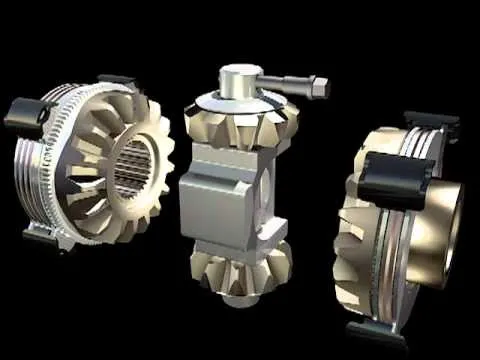
Using a hand or foot lever, drivers can lock and unlock their diff locks via mechanical means. This is the original method and has been used in vehicles for decades.
Mechanical diff locks can cause a lot of wear and tear in high-stress situations, but they do not require power from the engine.
Hydraulic:
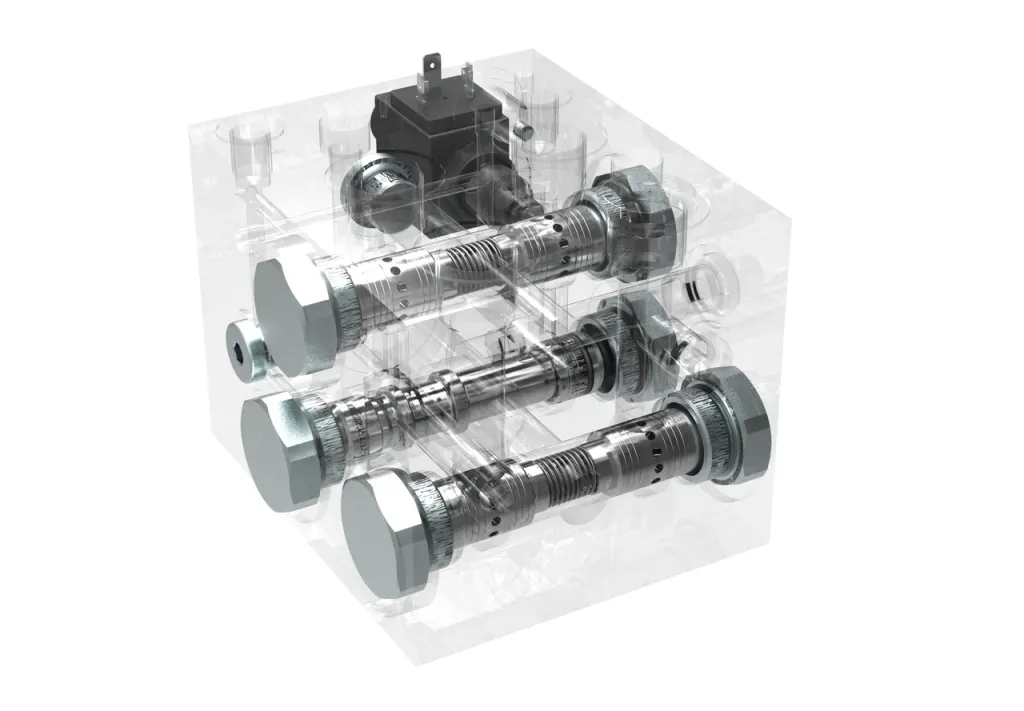
Hydraulic diff locks operate using the vehicle’s hydraulic pump to push out fluid, which locks the axles together. This method is typically reserved for bigger 4x4s and commercial vehicles because they are more powerful – some are used in dump trucks!
The downside with this method is that it requires power from the engine, which means it can drain your car’s battery if you forget to disengage them.
Differential Types:
A differential type refers to how torque is transmitted from one axle to another. There are three main differentials: Open, Part-time, and Lockers.
1. Open Differential:

An open differential has the widest range of rotational differences between its wheels. It causes both wheels to spin when one is in a high traction area and the other in a low traction area (thus at different rates).
When only one wheel has traction, an open differential sends all power and none to the other wheel.
2. Part-time Differential:
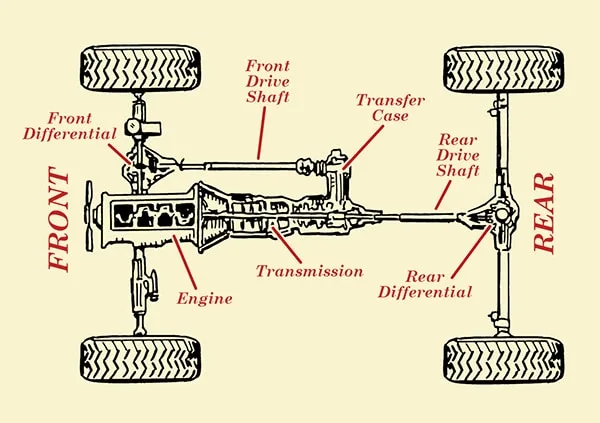
A part-time differential locks up when 4×4 is selected. This prevents any difference in rotational speeds between its wheels.
It also prevents one wheel from spinning while the other remains stationary. The locking mechanism can be seen as a downside, but it improves both wheels’ traction.
3. Lockers:
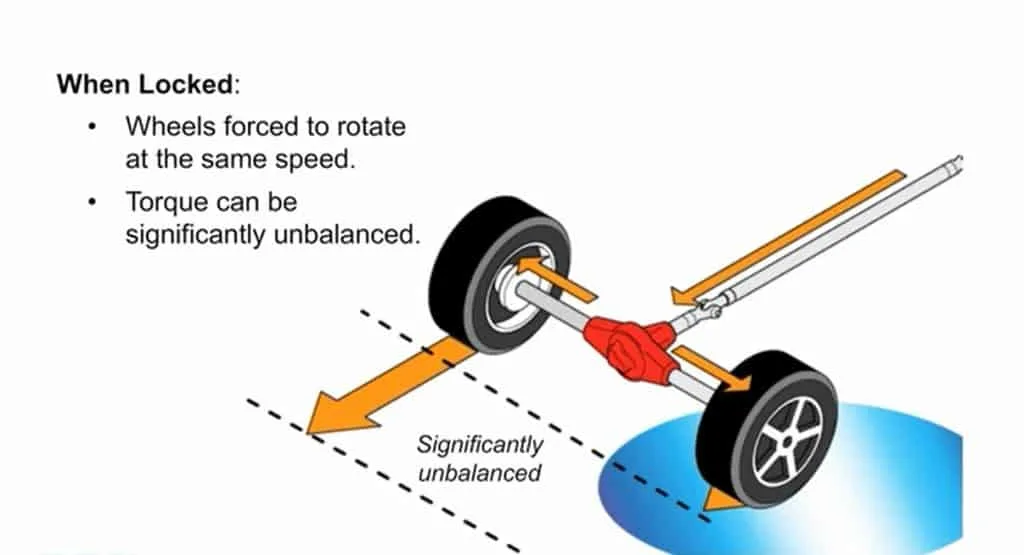
A locker locks the differential and causes both wheels to rotate at the same rate, regardless of traction differences. Since this happens automatically and instantaneously, there is no need to use your foot or hand on a lever or switch.
This type can be seen as safer since it is always engaged, but it has one downside: there is no ‘unlocked’ mode.
When Would You Use a Diff-Lock?
Diff-lock is generally used when crawling over uneven surfaces, especially when the surface has low traction.
Part-time diff locks are widely used because they improve traction in many conditions and do not require much energy to be used (no foot or hand control needed).
Locking differentials can be useful for traversing through deep water or mud – it keeps both wheels spinning at the same rate, improving traction and allowing a vehicle to pull itself out of a low-traction area.
A diff lock is not needed when driving on clear, smooth roads – it is used for off-roading only.
How do I Know if My Vehicle Has Diff Locks?
To know whether your vehicle has diff locks, you need to consult your owner’s manual. Most vehicles have diff locks, but some do not (off-road models generally do not).
If you are unsure about whether they are present or how to use them, contact a dealer for more information.
How to Use a Diff Lock Properly When Off-Roading?
To use diff lock properly while off-roading, you need to ensure that the surface has low traction.
The best way to engage a diff lock is while going down a steep slope - your vehicle will have an even distribution of power between its wheels, and you can easily get out of mud or snow this way.
In general, it is best to use diff locks for short periods because they wear out tires very quickly.
How Do You Know if a Diff Lock is Engaged?
There are a few ways to determine whether a diff lock is engaged:
a) Check the rear axle – if there’s no visible gap between the front and back axles, it could be an indication that the differential has been locked.
b) Check the lights – if you see the light illuminated on your instrument panel that looks like a differential, it could indicate that the diff lock is engaged.
c) Check the owner’s manual for more information.
Do all 4X4 have Diff-Lock?
All 4×4 vehicles do not have diff-lock. However, many of them can be modified to include differential locks (part-time and full-time).
Many people prefer part-time differentials because they require little effort and force to engage and maintain the vehicle’s original handling characteristics.
Full-time differentials limit the vehicle’s ability to traverse difficult driving conditions and affect its steering capabilities.
Do Diff Locks Work in 2WD?
Yes, part-time 4×4 diffs can be used on 2WD vehicles, improving traction in most off-roading conditions.
However, full-time 4×4 differentials cannot be used on 2WD vehicles because they affect their handling.
When Should I Use Diff-Lock on My Truck?
On truck, diff-lock can be used when off-roading. When climbing up a steep hill or mountain, the truck will provide equal power to both front and rear wheels and thus climb up without slipping too much on either end of the vehicle.
Diff-lock can also be used when driving through water – it can be installed in front or rear differentials, which will distribute power equally to the wheels on either end of your vehicle.
So, when exactly do you use diff locks? You should use this switch whenever you are faced with low traction conditions where just having an all-wheel drive is not enough. In general, you use part-time diff locks on your 4x4 vehicle while driving in off-road conditions and full-time differentials when driving through water.
Remember that a differential lock will not improve your grip or traction when you drive on a clear road – it is only useful for off-roading purposes.
Can You Drive With Diff Lock On?
Yes, you can drive your 4×4 with diff lock on. The only difference is that the car will feel like more torque or power. It gives you more ability to navigate difficult terrains (i.e., sand, mud).
However, these locks run hotter than standard differentials, and they wear out tires faster.
If you plan to use your 4×4 to drive on clear roads, make sure you turn the diff lock off. Sometimes it is easier to do that when downshifting gears (i.e., marine transmissions).
Are Diff Locks Worth It?
- Diff-locks are especially good if you live in an area with changing seasons or varying weather conditions – you need to be prepared for all of them.
- Differential locks help your car achieve higher traction when driving through snow, ice, and mud.
- Diff locks will provide better performance than having an all-wheel-drive or part-time 4×4.
If you enjoy off-roading and driving over varying terrain in different seasons, you should purchase a differential lock.
It can be beneficial to have one when trying to tow another car out of the mud, driving through snow, driving on rocky roads, etc.
Can You Install Diff Locks Yourself?
To install diff locks yourself, you need to be familiar with the vehicle’s components and know how they communicate with each other. You also need to read and follow instructions that come with your diff locks.
It is certainly possible to install different locks on your own. There are online tutorials that can help you do this.
Remember that installing a differential lock will not affect normal driving performance – just off-road ones.
Can You Engage Diff Locks on Dry Land?
Yes, as long as the road is clear and not wet, engaging a differential lock will not be a problem. However, if you plan on engaging these locks while driving through water or mud, make sure that they are full-time differentials that can work in those conditions.
There are also part-time differentials that can be used on dry land, but they cannot be used in high traction conditions like when driving through mud, water, or snow.
How Much Torque does the Diff Lock Use?

Diff locks have high power requirements, which can drain your battery if not heavy-duty.
The first thing to do is make sure that your battery is fully charged and capable of handling the additional load for a few minutes. If it can, you may know that these different locks use about the same amount of power as an electric winch (i.e., boat trailer).
However, some models can cut your power consumption in half, like WARN locking hubs. They use the same amount of power as a standard differential and work well with most batteries.
Do Differential Locks Affect Steering?
Differential locks affect your vehicle’s handling – however, the extent of the effect varies between part-time and full-time locking differentials.
Part-time locking differentials do not hamper normal driving conditions (i.e., clear roads), but they affect your vehicle’s handling capabilities in difficult driving conditions.
Full-time locking differentials are more extreme – they make steering much harder when off-roading and affect the vehicle’s ability to handle normal driving conditions.
You may want to only use full-time locking differentials for off-roading purposes.
Do You Use Diff Lock in Sand?
Yes, you can use diff locks to great effect in the sand.
Engaging the differential lock if your 4×4 vehicle is facing difficulty when driving through deep sand will distribute power equally between both wheels on either end of the vehicle, which will improve grip levels and therefore allow you to navigate difficult terrain much more easily.
Remember that when you are driving through deep sand, the grip levels on your 4×4 vehicle are significantly lower.
Engaging the differential lock will help distribute this reduced level of power equally between both front and rear wheels, which improves your 4×4’s ability to stay in control.
Which Diff Lock is Best?
Here, we’ll list the top 5 diff locks with respect to durability and performance.
1) “ARB” Air Locker:
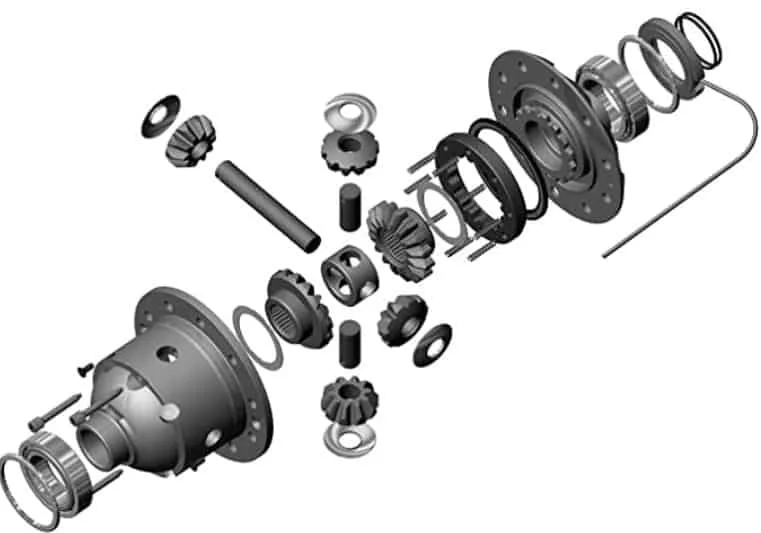
This is a very powerful lock that has been designed specifically for off-roading purposes.
The “ARB” air locker design allows it to work efficiently in conditions where full-time locking differentials would not be as effective.
2) “Detroit Locker” (Part-Time Lock):
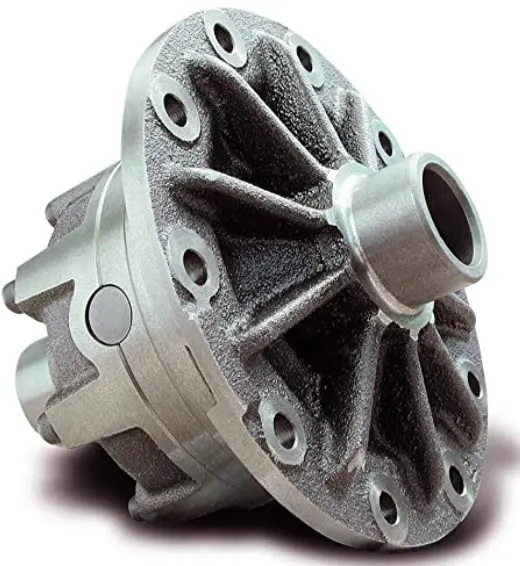
This is considered one of the strongest part-time locking differentials on the market, and it has been designed specifically for severe duty and off-road conditions.
The “Detroit Locker” produces a positive, non-slip drive which helps to improve vehicle stability and traction even on the most difficult off-road surfaces.
3) “Torsen” (Full-Time):
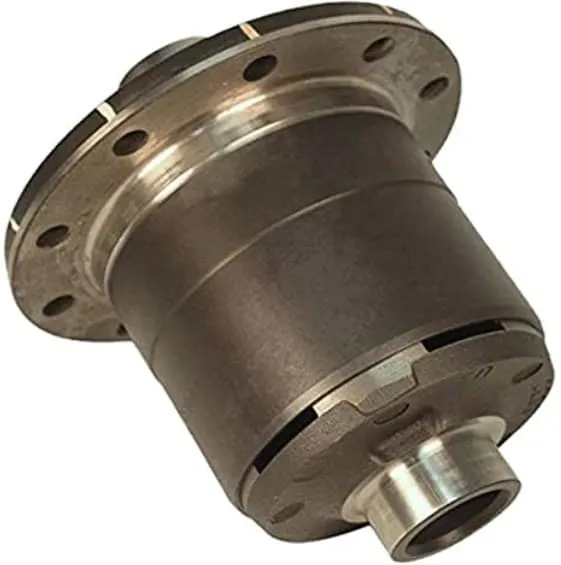
This is one of the best types of full-time locking differentials available on the market today. Unlike other full-time locking differentials, the Torsen works through a series of advanced planetary gears.
The Torsen is ideal for difficult driving conditions and can even help with normal driving conditions (i.e., clear roads).
It is especially useful when you need to pull a heavy load. This locking differential allows you to transition smoothly between high grip surfaces (i.e., concrete) and low-grip surfaces (i.e., snow, mud).
4) “Spool” (Full-time):
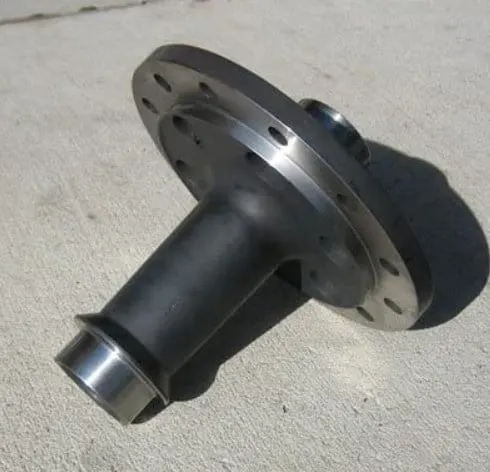
This is not as powerful as the Torsen, but it is still useful for overcoming low levels of grip.
The “spool” works by permanently locking both axles together, which means that if one wheel loses traction (i.e., loses grip), both wheels will spin simultaneously.
This helps to improve control and stability when off-roading in difficult conditions, but it means that you won’t be able to use your 4×4 vehicle for normal driving purposes, i.e., clear roads.
5) “Locking Hubs” (Part-Time):
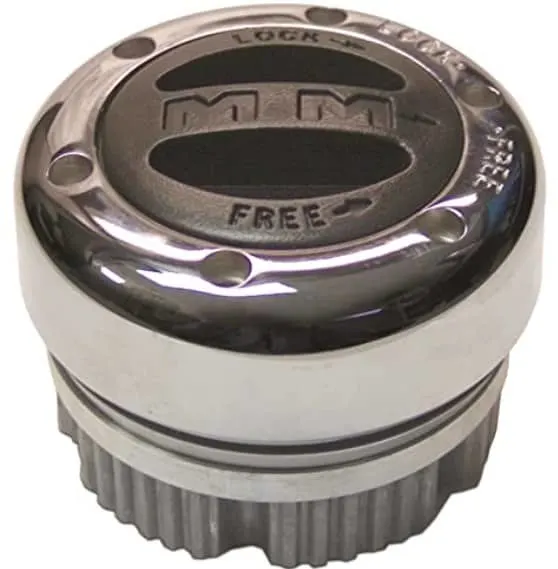
This type of part-time locking differential has many similarities to the “spool” in that it causes both axles to spin at the same speed.
However, these locking hubs only affect the front axle (when engaged), which means you can use your 4×4 vehicle for normal driving conditions, i.e., clear roads.
How Much do Diff Locks Cost?
Depending on where you purchase them, differentials can be expensive – between $500 and $1,500. For example, getting a full-time kit for your 4×4 should cost at least $700.
While buying these locks will improve your car’s performance, you can also consider purchasing aftermarket parts – they are less expensive than stock parts but have the same functionality.
Disadvantages of using a Diff Lock:
With the benefits mentioned above, diff lock comes with a few disadvantages.
- You will need to engage the locking hubs every time you go in reverse.
- Diff locks are not suitable for all types of terrain. (i.e., snow, mud, etc.)
- Diff lock may be a problem in wet weather conditions.
- You should not engage the diff locks when driving at high speeds.
- Using a diff lock can affect your 4×4 vehicle’s ground clearance, especially above or below standard levels.
- Limited slip differentials are much better for driving through snow, mud, etc.
- Using a diff lock can be dangerous when your 4×4 vehicle is not in good visibility conditions.
- Using a screw-in type, you will need to use some lubrication on the wheel hubs before installing the locking ring.
Final Thought:
Diff locks are good for off-roading purposes, but they can be dangerous when your 4×4 vehicle is in bad visibility conditions.
The best thing to do would be to understand how the parts work, read up on forums before installing one, and ask someone who has experience with these sorts of differentials if you encounter any problems.
Also Read:
Can 2WD Go Off-Road? Understand the Dynamicity
Is Manual Better for Off-Roading?
Frequently Asked Questions (FAQs):
What are the different types of locking differentials?
There are two types: “limited slip” and “full-time”.
What is a limited-slip differential?
This happens when you have unequal traction on both wheels. The wheel with more grip will spin slower than the one with less grip. A limited-slip differentiates by allowing for a difference in speeds between the two wheels.
What is a full-time locking differential?
This happens when both axles are locked together. This ensures that both wheels spin at the same speed, even if there is unequal traction on each wheel.
How do you engage/disengage a locking differential?
With a full-time differential, you will engage and disengage the locking diff by using your 4×4’s shifter.
With limited slip diffs, it can be done automatically or manually depending on the type of brake that the vehicle has.
What is a spool (full-time)?
A spool is a fixed-type full-time lock that couples both wheels together, which means that if one loses grip, both will spin at the same speed.
What are the advantages of having a diff lock?
The main advantage of having a locking differential is improving your 4×4 traction.
When you have a diff lock, your 4×4 will be able to spin both wheels – this provides more grip on snow-covered roads or other surfaces with poor traction.

This is Surya. I am an experienced off-roader. I have been off-roading for many years across several terrains. I am passionate about 4×4 driving and want to share my knowledge and experience with others.
My goal is to provide you with the most comprehensive and unbiased information about off-roading.
I curated this article through my personal experience and expertise, and I hope it helps you with what you are looking for.

 (+91)9123743026
(+91)9123743026
 24/1 Nibedita Sarani. M.B. Road, Kolkata- 700051, India
24/1 Nibedita Sarani. M.B. Road, Kolkata- 700051, India
Lunchbox Locker: Everything You Need to Know – Off-Road Handbook
Wednesday 30th of March 2022
[…] What Is a Diff Lock? Do You Need It?Do Snow Chains Work? (on Snow, Mud and Dirt Roads) […]